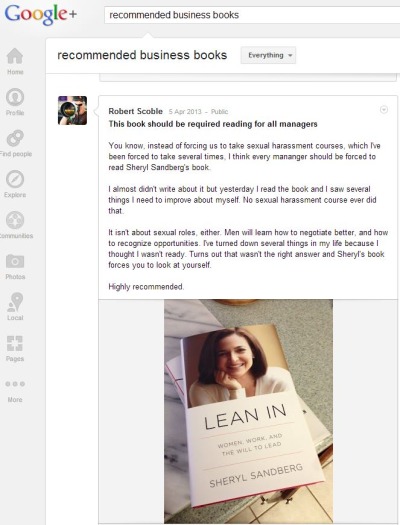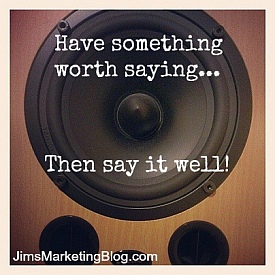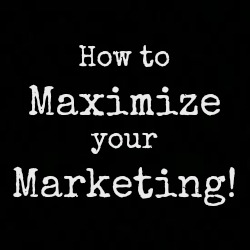As many of you were kind enough to point out, one of the world’s biggest websites ‘borrowed very heavily’ from a post I wrote last week. They did so with no reference to my original post and yet people spotted it immediately.
There are 2 useful lessons here, which I would like to share with you.
1. Copies seldom have the same impact as the original
Even though that site gets millions of visitors, their rewritten version of my post achieved just 30% as many social shares as my original.
Why? Because by padding out my points so that his post wasn’t an exact copy, the power of my original post was lost. He’d wasted his time. He deserves better than that. Time is too important to waste.
Had he started with my post, referenced it and then expanded on the original or added some new, relevant information, he could have improved my work and avoided the embarrassment that followed.
2. People notice
Within an hour of the rewritten post being published, people started contacting me via email, Facebook and Google+ to tell me. Although I decided not to join in (I found it interesting but unimportant), the conversations on social networks naming the author and site have created a bit of an embarrassment for them both.
Here’s the thing: Every piece of work we produce will get noticed, to a lesser or greater degree. If we do anything we are not proud of, as soon as we hit send or publish, it’s out there.
Thankfully, the opposite is also true
When you put your own work out there and share your own ideas, people value the uniqueness of your contribution.
It makes you stand out from the ‘ditto heads‘ who just agree with everything.
It makes you stand out from the copycats, who copy everything.
It makes you stand out for being you!
PS — Here’s some great advice from Steve Jobs and Picasso, on why it’s a bad idea to copy other people’s work.











